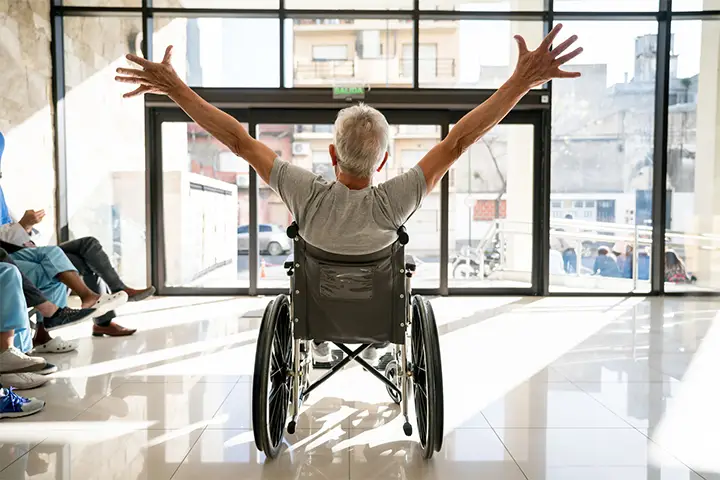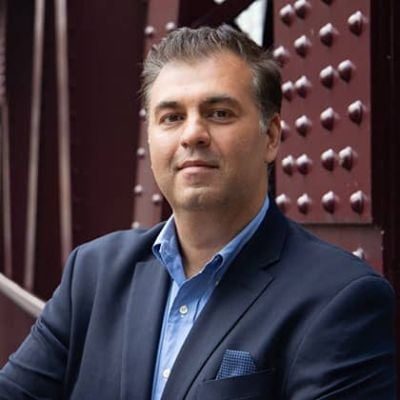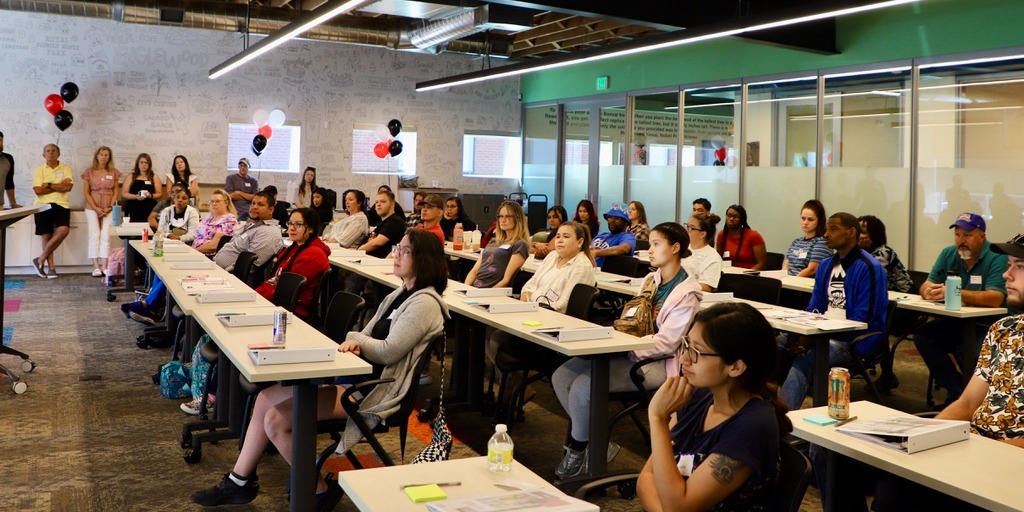Imagine the distress of finally leaving the hospital, only to find yourself readmitted shortly after. It's not only emotionally draining but also a financial strain.
But what if there was a solution that could significantly minimize these occurrences?
Introducing the transformative power of remote monitoring—a technological stride designed to keep you healthier for longer outside hospital walls.
The Big Problem: The High Cost of Hospital Readmissions
It’s not just the cost on paper that hurts; it’s the physical and emotional toll on patients. Being readmitted can mean there was a lapse in the care process, leading to potential health risks. Additionally, readmissions can strain our healthcare systems both in terms of capacity and finances. According to BLS data, hospital prices have grown an average 2.1% per year over the last decade. With the average cost of a 3-day hospital stay being about $30,000, we need a solution, fast.
The Hero of Our Tale: Remote Monitoring
Remote monitoring is like having a vigilant healthcare aide by your side 24/7. Through technology, it extends the care from the hospital room to the comfort of your home, ensuring that patients continue to recover and reduce the risk of readmission.
The global remote patient monitoring market is projected to reach USD 175.2 Billion by 2027 from USD 53.6.
Peeking Behind the Curtain: How Does It Work?
Remote monitoring leverages digital technologies to monitor and gather health and medical data from patients situated in one location, typically their homes, and electronically transmit it to healthcare providers in a different location for assessment and recommendations.
Here's a basic overview of how it works:
-
Device Allocation: Patients are equipped with specific medical or wearable devices that can measure vital statistics like heart rate, blood pressure, blood glucose levels, oxygen saturation, and more. These devices are typically user-friendly and designed for everyday use.
-
Data Collection: These devices automatically record essential health data at stipulated intervals. Some sophisticated devices can even detect anomalies in real-time.
-
Transmission: The collected data is then transmitted securely to a designated healthcare provider or facility using wireless technology or dedicated health applications. This transmission can be continuous or scheduled.
-
Data Analysis: On the receiving end, healthcare professionals continuously or periodically assess this data. Advanced software solutions can also aid in identifying trends or abnormalities.
-
Intervention: Should any concerns arise from the monitored data, healthcare professionals can intervene promptly, providing guidance, adjusting treatments, or even scheduling in-person consultations if necessary.
Remote patient monitoring empowers patients to stay connected with their healthcare providers, ensuring timely care, reducing hospital readmissions, and facilitating proactive management of health conditions.
The Tech Involved
From wearable devices tracking your heart rate and oxygen levels, to more specialized equipment monitoring specific conditions (like glucose monitors for diabetics), technology plays a pivotal role. These devices, often connected via secure cloud networks, ensure real-time and accurate data transmission.
Roles: It Takes Two to Tango
Remote monitoring is a collaborative effort between patients and healthcare providers, much like the intricate steps of a tango dance.
Patients play a crucial role by diligently wearing or using the monitoring devices, following instructions to the letter, and ensuring that these gadgets are transmitting accurate data consistently.
On the other side, healthcare providers shoulder the responsibility of vigilantly monitoring the transmitted data. Their expertise is crucial in interpreting this data, offering timely feedback, and providing necessary instructions or immediate interventions when anomalies or concerns arise. Additionally, they ensure that patients are adequately educated and comfortable in using the monitoring devices correctly.
Together, these roles create a synchronized dance that maximizes the potential of remote monitoring, fostering better health outcomes and a closer connection between patients and their providers.
Benefits of Remote Monitoring
Proactive Health Management
Through continuous monitoring, it's possible to identify and address potential health risks in their nascent stages. This proactive approach ensures that minor complications don't escalate into major health crises, safeguarding the well-being of the patient.
Homely Healing
The power of recuperating in a familiar environment cannot be understated. When patients can recover surrounded by the comfort of their homes, it reduces the stress and anxiety associated with frequent hospital stays. They can rest, rejuvenate, and heal amidst their loved ones, enhancing their overall recovery experience.
Economic Benefits
A significant advantage of remote monitoring is the tangible cost savings it brings. With a decrease in the number of readmissions, there's a subsequent reduction in the financial strain placed on both patients and healthcare facilities. These savings can then be reallocated to other critical areas of care or used to improve healthcare infrastructure, making it a win-win for all involved.
Real-world Wins: Case Studies
Congestive heart failure (CHF) is the most common cause of hospitalization in the US for people older than 65 years of age. It has the highest 30-day re-hospitalization rate among medical and surgical conditions, accounting for up to 26.9% of the total readmission rates. In fact, projections suggest that, by 2030, the total cost of heart failure will increase by almost 130% to US$70 billion annually.
So how can remote monitoring address these issues? Let's take a look at some examples.
Between November 2017 and November 2020, 2,340 post-cardiac surgery patients were integrated into a remote monitoring system. Vital stats like blood pressure, pulse rate, and more were tracked using the DakikApp devices and relayed to web software and a mobile app. During this period, 135,786 patient interactions were monitored, with the Telemedicine Team handling 105,335 evaluations and addressing 5,024 hospital requests, preventing hospitalizations. Moreover, 144 potentially critical complications were detected early.
On the other hand, WellLife Medical adopted a holistic strategy towards remote care. Instead of merely focusing on monitoring health vitals, they incorporated protocols to ensure that elderly patients strictly adhered to their medication schedules. This comprehensive approach bore fruit as, over a six-month span, the institution recorded a significant 35% drop in patient readmissions. Both instances underscore the transformative potential of remote health monitoring in modern medical practice.
Summary
In an age where technology is intertwining with almost every facet of our lives, healthcare stands to benefit enormously. Remote monitoring is proving to be more than just a tech fad. It’s a tool, a friend in the post-recovery phase that ensures patients remain in good health, and the revolving door of hospital readmissions slows down. For all involved – it’s a win. And for patients, it's a beacon of continuous care and comfort.


.png)
.png)
